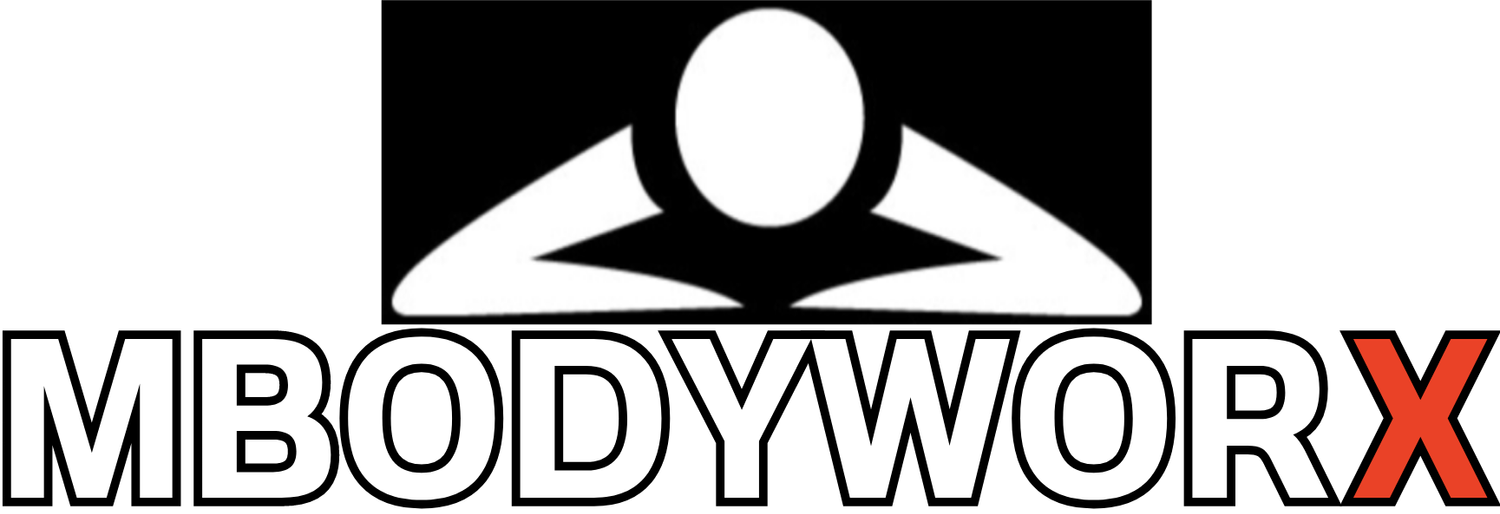Infrared
Infrared therapy has become increasingly popular in sports therapy for its potential to promote healing and reduce inflammation. Infrared therapy can be administered in a few different ways, including through the use of infrared wands and infrared saunas.
One use case for infrared therapy in sports therapy is the treatment of acute injuries, such as sprains or strains. Infrared therapy has been shown to help reduce pain and inflammation in these types of injuries. A typical treatment session using an infrared wand may last anywhere from 5-20 minutes, depending on the severity of the injury and the needs of the individual.
In addition to reducing inflammation, infrared therapy has been shown to have other potential benefits for athletes. Some research suggests that infrared therapy may help improve muscle recovery and reduce muscle fatigue. It may also improve circulation and increase metabolism, which can help with weight loss and overall wellness.
Infrared saunas and other light spectrum therapies are popular alternative therapies that have gained popularity for their potential therapeutic benefits. Infrared saunas, in particular, are a type of sauna that uses light to create heat. Infrared light waves penetrate the body's tissues and generate heat, which can promote sweating and the elimination of toxins.
There are three types of infrared light: near, mid, and far. Each type of light penetrates the body's tissues to different depths, resulting in different therapeutic benefits. Near-infrared light is believed to help with wound healing and skin rejuvenation, while mid-infrared light can help with pain relief, improved circulation, and weight loss. Far-infrared light is believed to promote relaxation, detoxification, and improved cardiovascular health.
Other light spectrum therapies include red light therapy, blue light therapy, and green light therapy. Red light therapy is used for skin rejuvenation, wound healing, and reducing inflammation. Blue light therapy is used to treat acne and other skin conditions. Green light therapy is used for skin toning and reducing hyperpigmentation.
Light spectrum therapies have gained popularity due to their non-invasive nature and potential therapeutic benefits. They are often used as complementary therapies alongside other treatments for conditions such as pain, inflammation, skin conditions, and more.
It's important to note that the therapeutic benefits of light spectrum therapies are still being researched, and more studies are needed to fully understand their effects on the body. Additionally, these therapies may not be suitable for everyone, and it's important to consult with a healthcare professional before trying them.
When using infrared therapy, it's important to follow best practices to ensure safety and effectiveness. For example, individuals should stay hydrated before and after an infrared therapy session, as sweating can lead to dehydration. It's also important to monitor the temperature in an infrared sauna and avoid overheating.
When using an infrared wand, it's important to follow the proper protocol for reducing inflammation. The wand should be held a few inches from the skin and moved slowly over the affected area. Treatment sessions should be repeated regularly for best results.
In terms of skin effects, infrared therapy has been shown to improve the appearance of skin by promoting collagen production and reducing wrinkles. However, prolonged or excessive exposure to infrared radiation can cause burns and other skin damage, so it's important to use infrared therapy under the guidance of a healthcare professional.
Overall, infrared therapy and other light spectrum therapies are promising treatment options for reducing inflammation and have gained popularity for their potential therapeutic benefits and for promoting healing in sports therapy. However, individuals should consult with a healthcare professional before using infrared therapy, especially if they have any underlying health conditions.
Overall, infrared saunas. While more research is needed to fully understand their effects, they may offer a complementary approach to traditional treatments for a variety of conditions.
The source of this information is a combination of various scientific and medical sources, including research studies and articles on infrared saunas and light spectrum therapies, as well as information from health and wellness websites such as Healthline and WebMD. Some specific sources that may have contributed to this information include:"Infrared Sauna Use in Humans: A Review" by Brian W. Whitcomb, published in the International Journal of Occupational Medicine and Environmental Health."The Use of Infrared Therapy for the Treatment of Musculoskeletal Injuries and Disorders" by David Fleming, published in the Journal of Athletic Training."Infrared Sauna Therapy for Neuropsychiatric Disorders: A Systematic Review" by Jennifer K. Anderson and Ryan Bradley, published in the Journal of Alternative and Complementary Medicine."Red Light Therapy: A Review" by Michael R. Hamblin, published in the journal Photomedicine and Laser Surgery."Blue Light Therapy for Acne: A Review of the Clinical Effectiveness and Guidelines" by Joanna Diong, published by the Canadian Agency for Drugs and Technologies in Health."Green Light Phototherapy in the Treatment of Facial Hyperpigmentation" by W. Chan et al., published in the Journal of Cosmetic Dermatology.
Overall, this information is based on scientific research and reputable health and wellness sources. However, it's important to note that individual experiences may vary and it's always best to consult with a healthcare professional before trying any new therapies.
